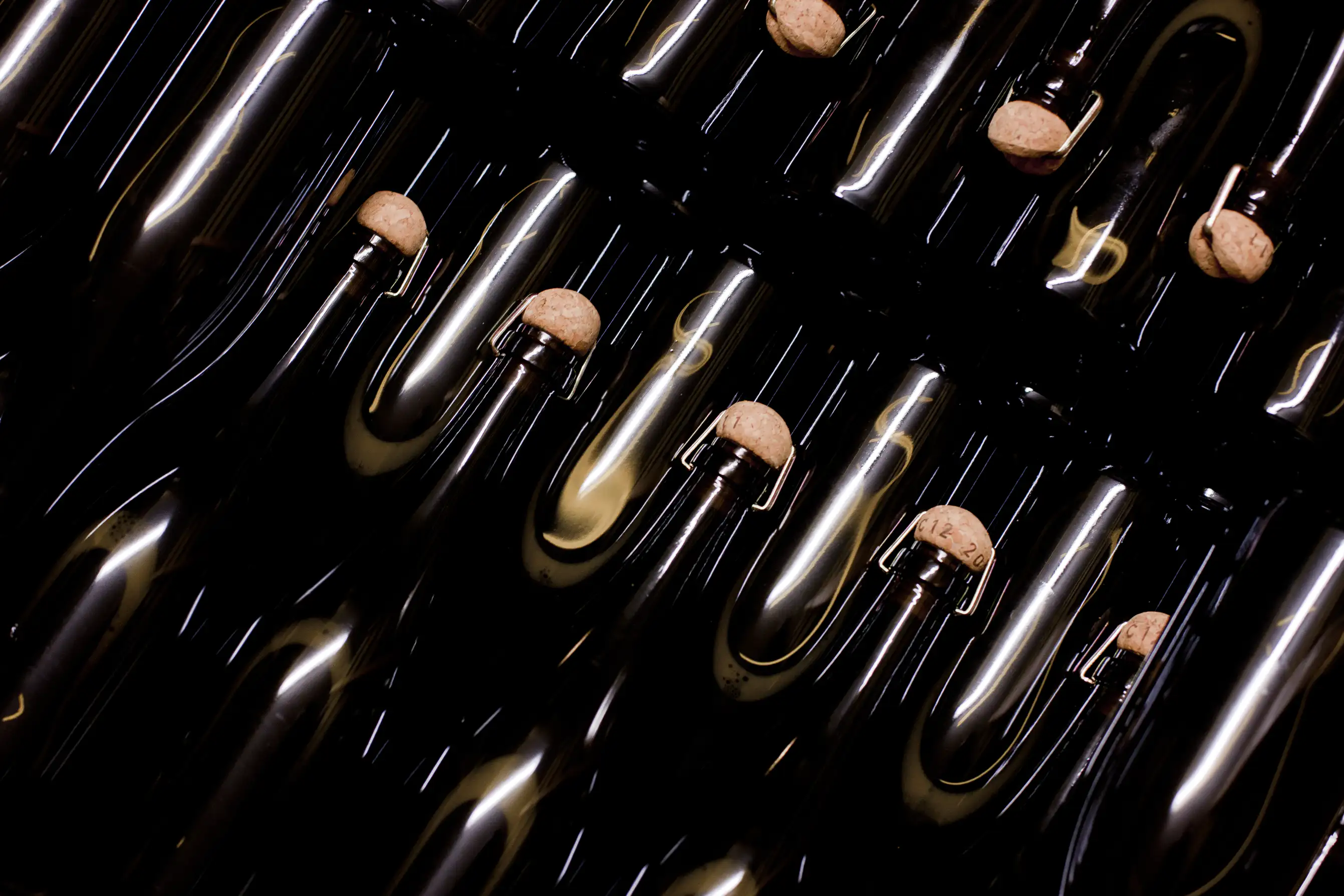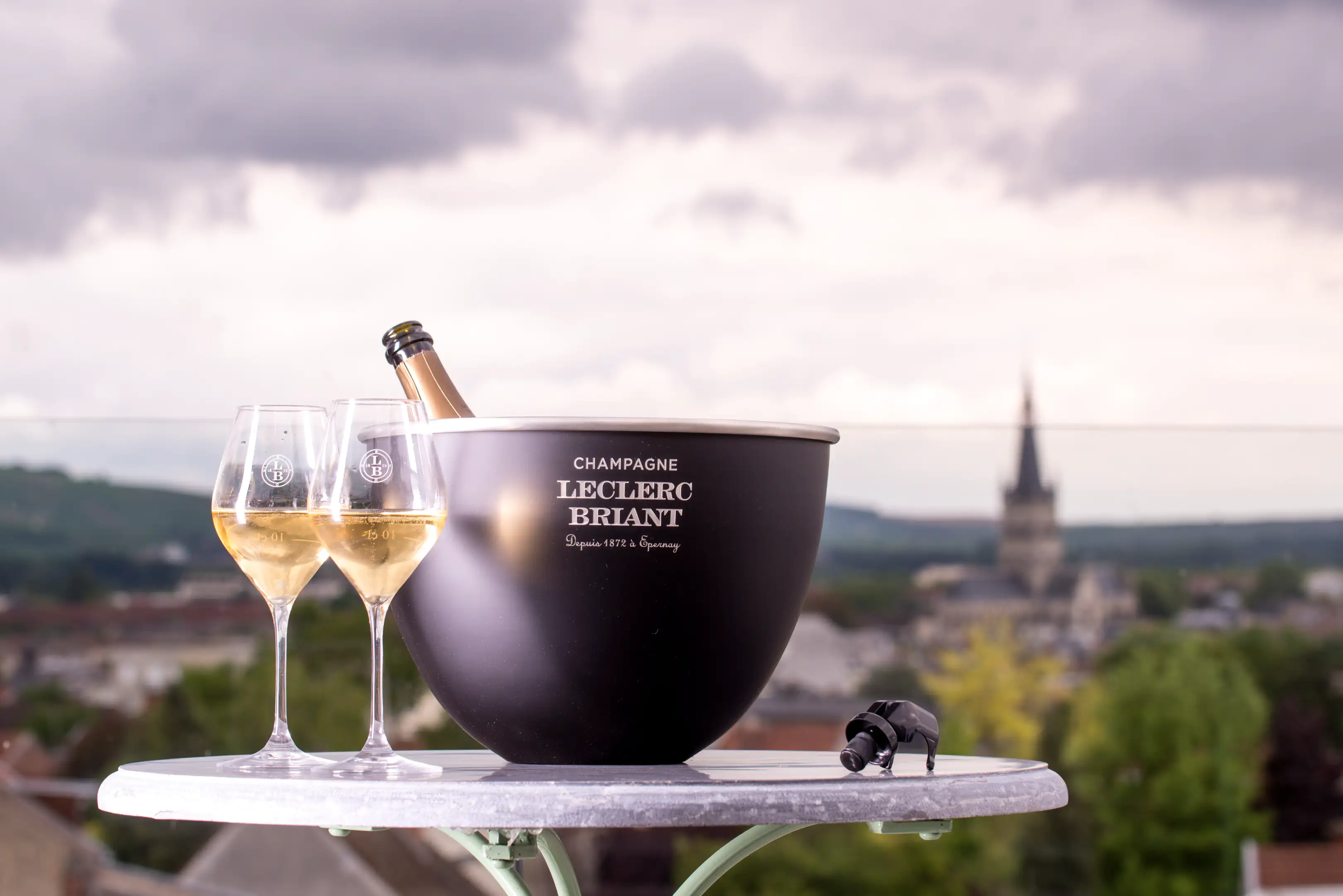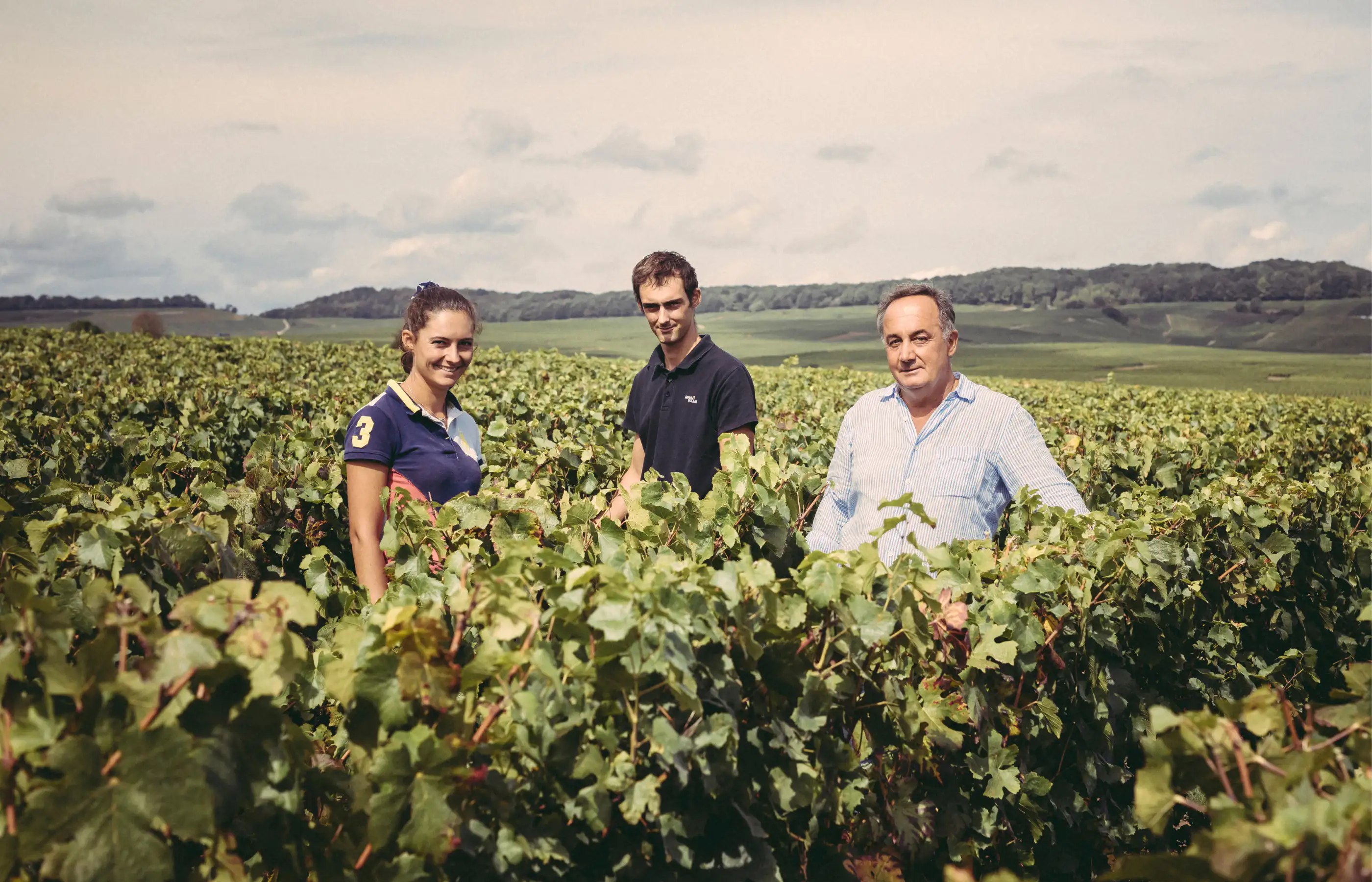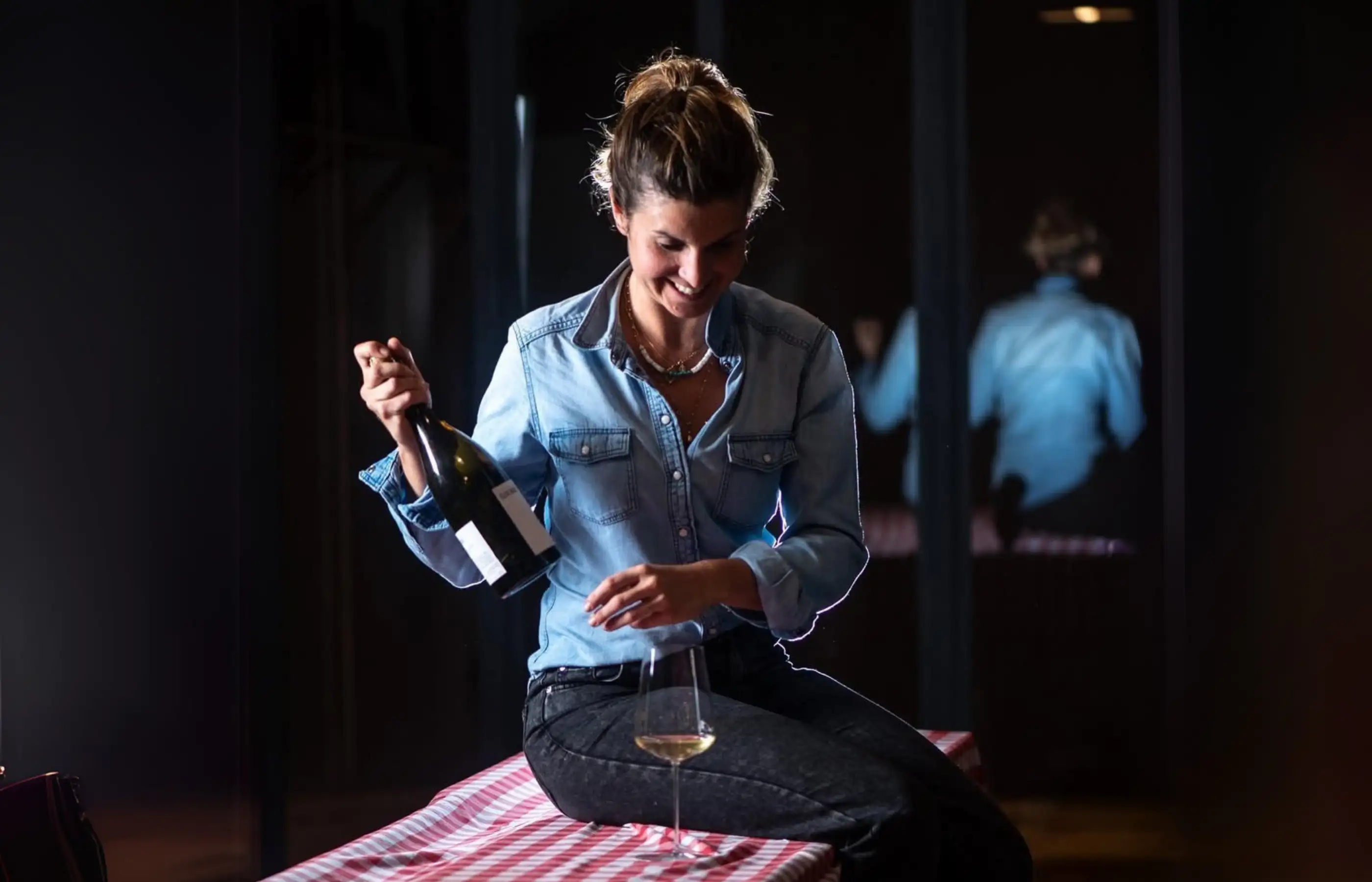Introduction
Navigating the world of Champagne can seem complex, with terms like “Brut,” “Blanc de Blancs,” and “Vintage” adorning labels. These classifications, however, are key to understanding the style, sweetness, and composition of the champagne in your glass. Decoding them unlocks a deeper appreciation for this iconic sparkling wine and helps you choose the perfect bottle for any occasion. This guide will demystify the primary classifications, from sweetness levels to grape varieties and vintage designations.
Sweetness Levels: From Bone Dry to Decadently Sweet
The sweetness of champagne is determined by its dosage, a small amount of sugar mixed with wine (liqueur de dosage) added after the secondary fermentation and aging, just before the final corking. This dosage directly influences the category into which a particular champagne falls. The terms are, from driest to sweetest:
Brut Nature (Zero Dosage): The driest style, containing less than 3 grams of sugar per liter (g/L) with no added sugar. It offers a pure, unadulterated expression of the champagne’s terroir and fruit.
Extra Brut: Slightly less dry than Brut Nature, Extra Brut contains between 0–6 g/L of sugar. It remains very dry, appealing to those who prefer minimal sweetness.
Brut: The most popular and widely consumed style, Brut champagne is known for its dry, crisp taste, with sugar levels typically under 12 g/L. Its balanced acidity and dryness make it incredibly versatile for food pairings.
Extra Dry: Despite its name, “Extra Dry” is slightly sweeter than Brut, containing 12–17 g/L of sugar. It offers a softer, fruitier profile.
Sec (Dry): Meaning “dry” in French, Sec champagnes are mildly sweet, with sugar content between 17–32 g/L. These are often enjoyed with desserts or sweeter dishes.
Demi-Sec: Translating to “half-dry,” Demi-Sec is noticeably sweet, with 32–50 g/L of sugar. A popular choice for dessert pairings.
Doux: The sweetest classification, Doux champagne contains more than 50 g/L of sugar. These are rare and typically reserved for very sweet dessert pairings.
Grape Composition: Styles and Blends
Champagne styles are largely defined by the types of grapes used, primarily Chardonnay, Pinot Noir, and Meunier.
Blanc de Blancs: Meaning “white from whites,” this champagne is made exclusively from 100% Chardonnay grapes. Often originating from the Côte des Blancs, Blanc de Blancs is known for its delicacy, floral aromas, crisp acidity, and notes of green apple, lemon, and minerals. It is an elegant and often lighter style.
Blanc de Noirs: Translating to “white from blacks,” this champagne is produced entirely from black grapes: Pinot Noir and/or Meunier. These champagnes tend to be richer and more full-bodied, offering flavors from ripe white fruits to subtle spice.
Rosé Champagne: Rosé champagne achieves its pink hue either by blending a small amount of still red wine (typically Pinot Noir or Meunier) with white wine before the second fermentation, or by allowing brief skin contact with red grapes during initial pressing. Rosé champagnes feature flavors like red berries, peach, and a hint of earthiness. They range from delicate and fruity to more structured and vinous.
Vintage vs. Non-Vintage: Understanding the Harvest
Champagne is labeled either non-vintage (NV) or vintage, based on the year of grape harvest.
Non-Vintage (NV): The most common type, representing the consistent “house style” of a producer. NV champagnes blend grapes from multiple years, including reserve wines from older vintages, to maintain consistent flavor across releases. Best enjoyed fresh, within 3–4 years.
Vintage Champagne: Made from grapes harvested in a single, exceptional year. Produced only when the harvest meets high standards, vintage champagnes reflect the character of that specific year. They age gracefully for 10–15 years or more and are typically more complex and expensive due to limited production.
Conclusion
Understanding these fundamental classifications—sweetness levels, grape composition, and vintage designation—empowers you to make informed choices that match your preferences and the occasion. Whether you’re reaching for a bone-dry Brut Nature, a rich Blanc de Noirs, or a celebratory Vintage Rosé, each style reveals a unique expression of champagne’s elegance and diversity.




